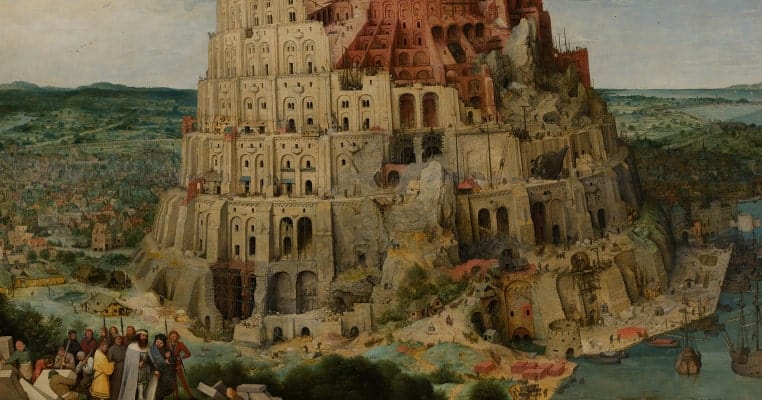Ancient civilizations and cultures provide the bedrock of our own modern societies and nations, imparting knowledge and histories which have shaped and defined the world around us. Beyond this incalculable, if often invisible, impact upon our lives, these civilizations offer valuable lessons for their descendants that should unquestionably be taken to heart. However, despite often having heard about and rendered assumptions regarding many ancient peoples, beyond the popular favorites of the Egyptians, Greeks, and Romans, it is surprising how little we actually truly know about many of these archaic civilizations and cultures.

Here are 20 incredible ancient civilizations and cultures that we actually know surprisingly little about:

